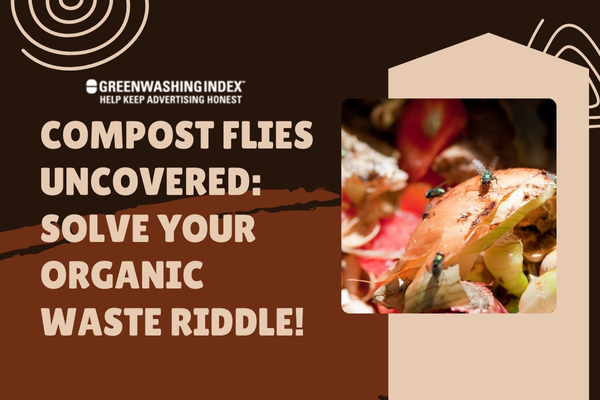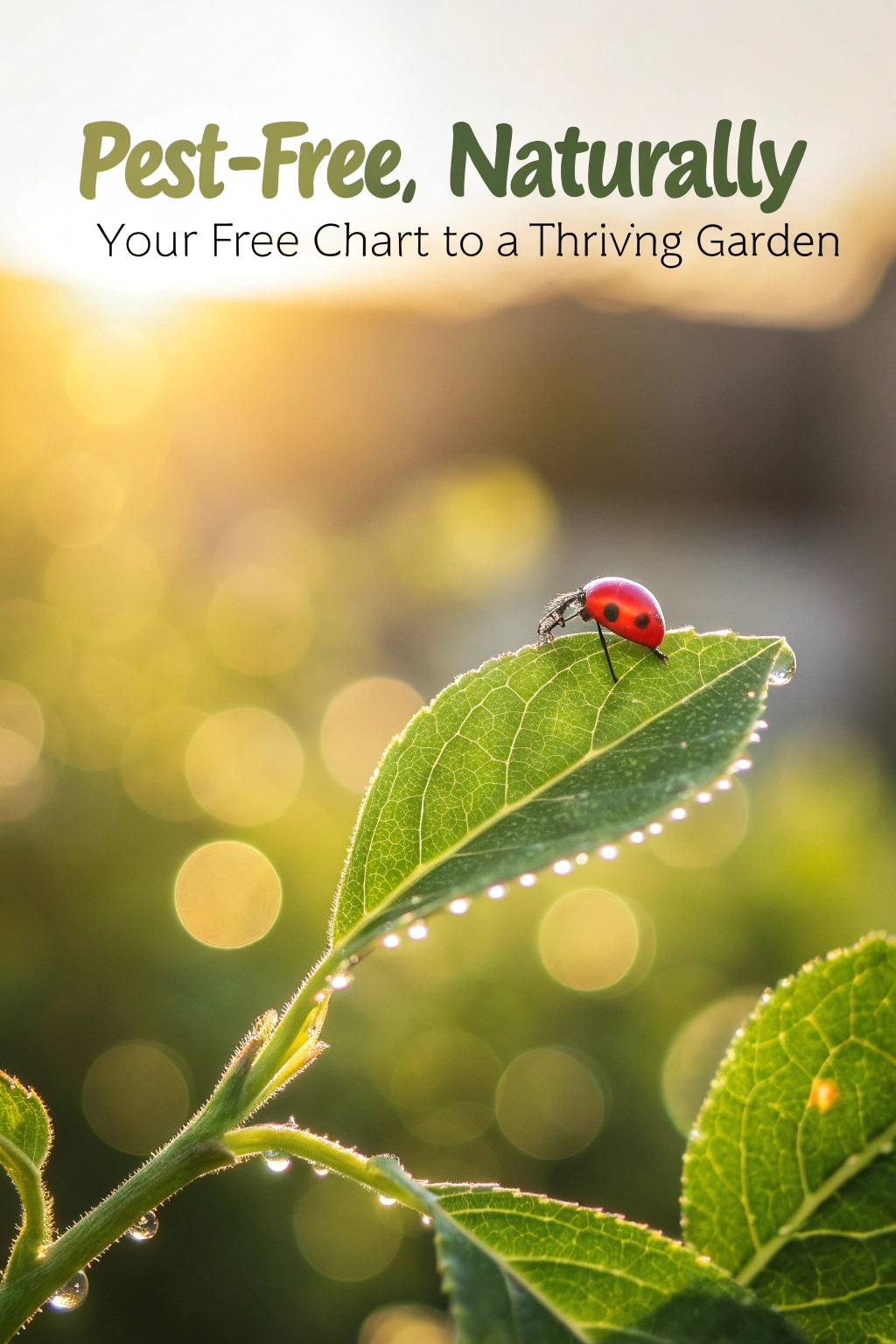Ever opened your compost heap only to find a swarm of flies buzzing around? Dealing with compost flies can be frustrating, to say the least. It’s like these tiny winged creatures know exactly where their next feast is, turning your earnest recycling efforts into a bit of a bug battlefield.
But don’t worry! If you’ve ever been bugged by these pests and asked yourself why they’re so interested in your compost pile, you’re in the right place to get some answers.
Are you curious about why flies are drawn to your compost like magnets? It’s all because they’re on the lookout for delicious decaying matter to munch on, and the compost pile is an all-you-can-eat buffet for them.
And once they settle in, they lay eggs, which later hatch into more flies—turning your pile into fly central! Understanding what attracts these flies and how their life cycle intertwines with your heap can help you keep them under control.
What You’ll Benefit From Here:
- Discover why flies love compost heaps
- Unearth simple tricks to control fly populations naturally
- Learn about different types of compost-loving insects
- Insights into creating a balanced, eco-friendly compost
The Life Cycle of Compost Flies
When I think about compost flies, I’m reminded that every creature has its place in nature. These tiny insects have a fascinating life cycle that unfolds right in our compost piles. Let me walk you through their world.
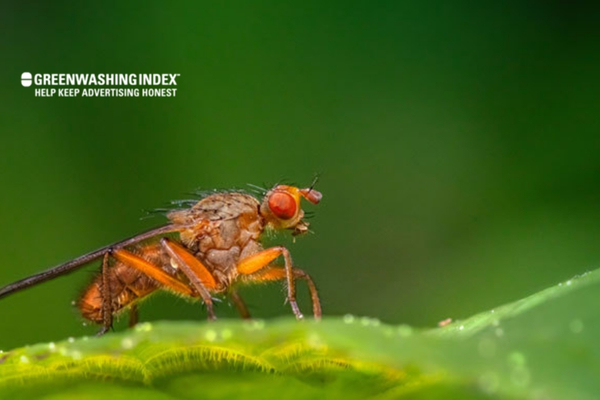
Understanding Compost Fly Biology
Compost flies are small insects that thrive in environments where organic matter breaks down—they love our compost heaps because they’re like all-you-can-eat buffets for them. Here’s how their life cycle works, step by step:
Step 1 – The Egg: It all starts when a female fly lays her eggs in the compost. This is usually on or near decaying material full of nutrients.
Step 2 – Larva Emerges: From these eggs, hatch larvae, which most of us call maggots. They’re tiny worm-like critters that start to munch on the decomposing waste immediately.
Step 3 – Growing Up: As they eat, these larvae grow and shed their skin several times—this process is called molting.
Step 4 – Pupa Stage: After some time—and quite a bit of eating—the larvae turn into pupae. Don’t let their quiet look fool you; inside those pupae, big changes are happening as they transform into adult flies.
Step 5 – Adult Flight: Finally, out come the adult flies from the pupal cases—ready to start the cycle all over again by finding mates and laying eggs!
Attraction to Compost Piles
Now, let’s dig into why your garden’s compost pile is such a hot spot for these flies:
- Feast Central: Organic waste breaking down is like an open invitation for these critters because it provides plenty of food for the growing larvae.
- Moist and Warm: The warmth and moisture from a decomposing pile make perfect conditions for eggs to hatch and larvae to thrive.
- Odor Beacon: The strong smell from decaying organic materials acts like a signal calling out to mature flies looking for a place to lay their eggs.
You see, every aspect of your pile—from the stinky smell to its warmth—is just what compost flies are looking for when setting up a home. It might be irritating dealing with them at times, but remember, they play an essential role in breaking down plant material back into the soil!
Also Read: DIY Composting Toilet Guide: Build Cheap, Eco-Friendly Now!
Identifying Different Kinds of Flies
When I work in my garden, I often notice small flies buzzing around my compost bin. To understand them better, let me share with you the different kinds of compost flies that you might come across.
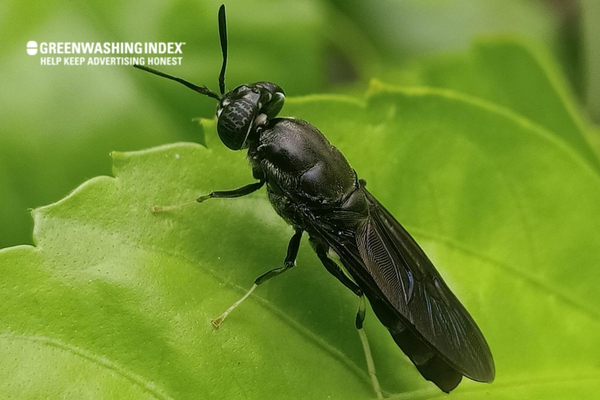
Common Types Encountered
First off, fruit flies are the tiny ones you’ve likely seen flying around ripe fruit. They love sweet, decaying organic matter. In compost, they lay eggs, and their larvae help break down the waste.
Another type is the fungus gnat. These guys are small, like fruit flies, but have darker bodies. They prefer composts high in moisture and organic material that is breaking down into rich soil.
Then there’s the soldier fly, a larger type of fly with a shiny body. Soldier flies are great because they can decompose waste really fast. They’re not into our living spaces much, so they tend not to bother us humans.
The Role Each Type Plays
Each kind of fly actually helps our compost heaps a lot! Here’s how:
- Fruit flies speed up decomposition by laying eggs that turn into larvae; these larvae munch on the organic waste.
- Fungus gnats’ larvae feed on fungi within the compost, which also aids in breakdown processes.
- Lastly, soldier fly larvae are strong decomposers; they eat up almost anything and transform waste faster than many other insects can.
Despite being a bit annoying sometimes, these critters have an important job. By dining on decomposing matter in our composts, they recycle nutrients back into the soil, which makes plants happy and gardens lively!
Also Read: Composting Orange Peels: The Hidden Truth
Creating a Balanced Compost to Manage Flies
When I try to keep flies away from my compost, I aim for a well-balanced mix of materials. A good balance is like a recipe to make sure my compost works well without becoming a home for too many compost flies.
Ideal Composition for Healthy Compost
To make sure my compost pile stays healthy and doesn’t attract too many flies, I focus on what goes into it:
- Browns: These are things like dried leaves, straws, and wood chips. They’re rich in carbon.
- Greens: This category includes kitchen scraps, grass clippings, and coffee grounds. They have lots of nitrogen.
A good mix usually has more browns than greens – about two or three parts browns to one part greens. When the balance is just right:
- The compost pile breaks down quickly.
- It doesn’t smell bad.
- It’s less likely to attract unwanted pests like flies.
I also make sure that the pieces are small enough. Big pieces take longer to break down and can attract more flies.
Adding layers helps, too. I put down some browns and then some greens on top, repeating these layers like making a lasagna.
Adjustments to Prevent Excess Flies
If there are still too many flies around my compost pile, here’s what I do:
- Check Moisture Levels:
- The compost should be moist but not wet.
- If it’s too dry, I add water or more greens.
- If it’s wet or soggy, adding browns can help soak up excess moisture.
- Cover Fresh Waste:
- Whenever I add new kitchen scraps (the greens), I cover them with a layer of browns right away.
- This way, the waste is not exposed directly, which tends to draw in flies.
- Turn the Pile Regularly:
- Mixing everything up adds air and keeps any one part from getting too damp or smelly.
- Proper Size of Pile:
- A pile that’s about three feet wide by three feet tall (a cubic yard) heats up best, preventing fly breeding ground.
- Maintain Temperature:
- A hot pile will decompose faster, reducing the time for flies to settle in.
Following these steps has helped me keep those unwanted guests away while still turning organic waste into useful soil conditioners!
Also Read: Composting Cheese: Can It Be Done? Complete Guide
Practical Tips to Keep Flies at Bay
Dealing with compost flies can be a real headache. But I’ve found some ways to keep these pesky insects away from my compost, and I’d like to share them with you. These steps help keep my compost healthy without harming the environment.
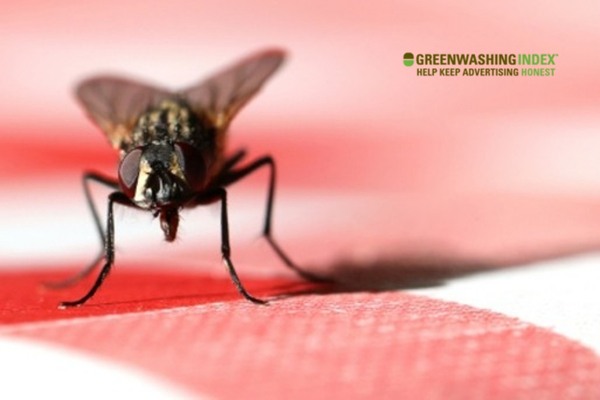
Organic Methods for Controlling Fly Populations
Let’s look at natural ways to fight off flies. We want our compost to be great, but flies? Not so much!
- Cover Your Compost: Use a thick layer of soil or finished compost on top of your fresh waste. This acts like a blanket that keeps flies out.
- Balance Green and Brown Materials: Mix things like vegetable scraps (green stuff) with dry leaves or straw (brown stuff). This mix makes it harder for flies to breed.
- Break Down Large Items: Chop up big pieces of organic waste into smaller bits. It helps them break down faster and gives less time for flies to settle in.
- Maintain Moisture Levels: Keep your compost moist but not too wet. Flies love overly soggy places!
- Turn Your Compost Regularly: Stir your compost now and then with a fork or shovel. Moving things around disturbs fly larvae and airs out the pile, which is good!
- Use Herbs That Flies Dislike: Plants like mint, basil, and lavender don’t sit well with flies – plant these around your compost area.
- Essential Oils Can Help Too: Spraying diluted essential oils such as eucalyptus, peppermint, or lemongrass can act as fly repellents near your compost bin.
Long-term Strategies for Prevention
Now, let’s talk prevention – how do we stop problems before they even start?
- Select the Right Spot for Your Bin: Keep it away from doors or windows; this way, you’ll avoid inviting flies into your home by accident!
- Make Sure There’s Good Airflow Around Your Bin: A breezy area means less smell and fewer fly visitors.
- Secure the Lid and sides of the Bin: A firm cover stops flies from getting inside in the first place – secure any gaps where they might sneak in.
- Regular Inspection & Maintenance: Take a look inside frequently so you can spot any trouble early on before lots of flies show up.
- Mind What You Compost: Avoid putting meat or dairy products in there – those tend to attract more pests than plant-based scraps do.
By following these tips and staying attentive, I’ve been able to cut down on the number of unwanted guests buzzing around my organic recycling efforts!
Also Read: Eco-Friendly Paper Towels: A Composting Guide You Need
Addressing Common Concerns with Compost Flies
When we talk about flies in our compost, it’s normal to feel a bit worried. After all, these buzzing insects aren’t usually welcome guests. But let’s take a closer look and get to the bottom of what compost flies really mean for us.
Safety Issues Regarding Compost Flies
First off, many wonder if these little critters can make us sick or become a big bother. Here’s what I’ve found out:
- Are compost flies harmful? The good news is that compost flies, particularly those known as fruit flies or fungus gnats, don’t bite or sting. They’re not like mosquitoes or other bugs that might spread diseases to people. However, if they swarm in large numbers because you’ve got lots of organic waste hanging around, they could be annoying.
- Staying Healthy Around Compost: It’s important to keep your compost bin covered so that flies don’t invite themselves over for a feast. This way, you won’t have many coming into your house either! Keep the area clean and tidy, as it makes it less likely for them to hang around.
- Managing Flies Smartly: If you see them buzzing around your compost pile, try stirring the pile a bit more often – this keeps the air moving and makes it harder for the fly larvae to grow up there.
In short, while compost flies are generally not dangerous by themselves, too many of them can be more than just an irritation; they might point out that something’s not quite right with the way we’re handling our organic waste.
Impact on Nearby Garden Areas
Now let’s think about their influence on plants near our compost piles:
- Helpful or Harmful? Some people worry that an army of flies from our heap might damage nearby plants. In my experience, though, these small flyers usually stick close to their home – your pile of scraps – where their food is.
- The Role of Natural Balance: Nature has its own checks and balances; some bugs eat others—sort of like birds eat worms—which helps keep everything under control. A healthy garden often regulates itself this way.
- Beneficial Buzzers: Interestingly enough, some types of compost-dwelling bugs lay eggs on top, but their babies actually go down into the pile and help break down all that plant material even more, which speeds up how quickly things decompose!
FAQs
Can I completely eliminate flies from my compost bin?
No, it’s tough to get rid of compost flies totally. They’re part of the natural breakdown process, but you can lessen them a lot.
Are certain materials more likely to attract flies in my compost?
Yes, things like meats, dairy, and sweet fruits are like a dinner bell for flies. Stick to mostly veggie scraps and yard waste to keep them at bay.
What is the fastest way to reduce fly activity?
Quickly cover any new food scraps with dry leaves or straws. Also, stir your pile regularly. This helps keep those pesky compost flies away.

